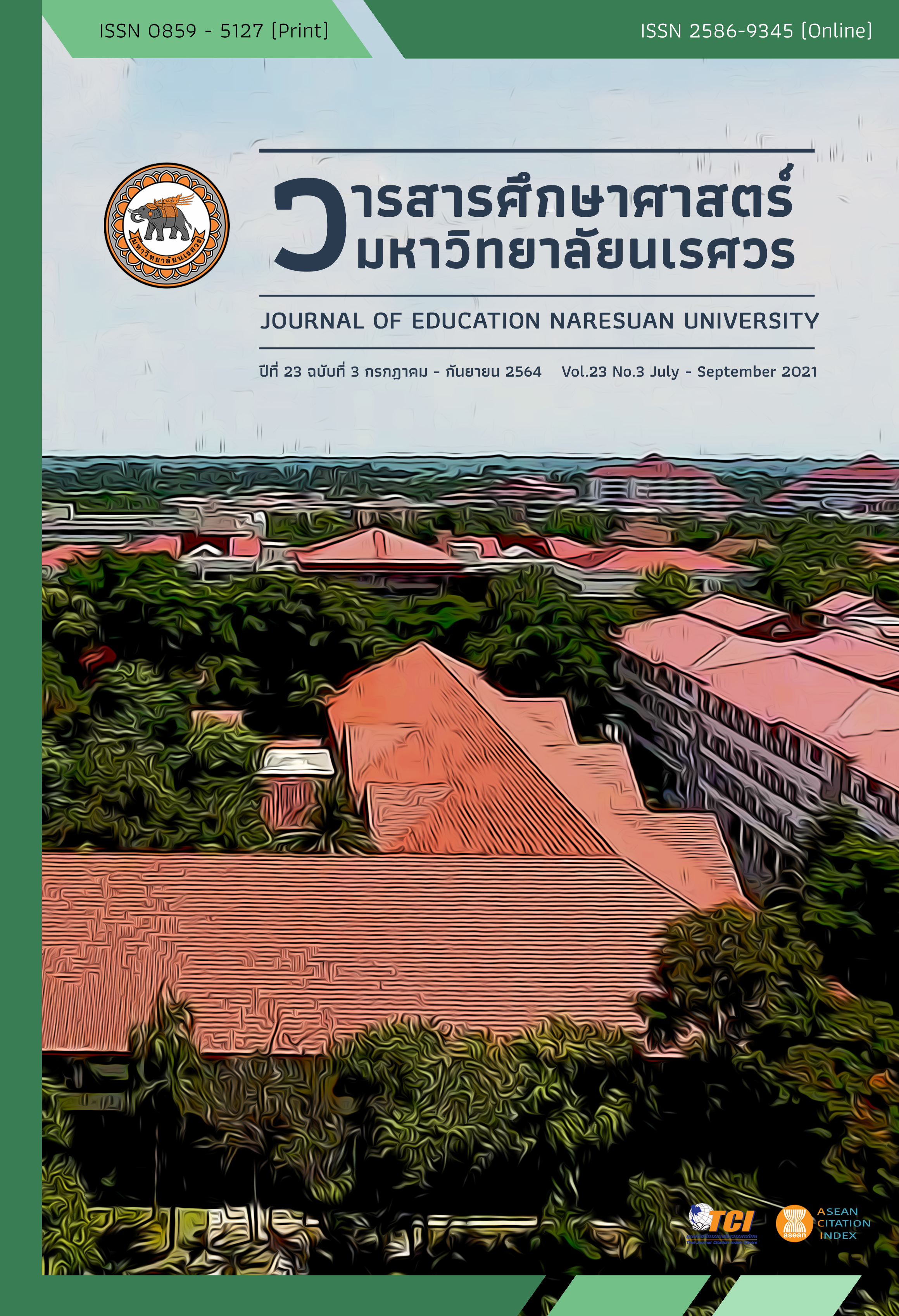ACCEPTABILITY OF AN ATTENDANCE MONITORING SYSTEM USING QR CODE AMONG COLLEGE INSTRUCTORS AND STUDENTS
Main Article Content
Abstract
The widespread availability and usage of QR (Quick Response) Code technology has spurred on various innovations aimed at providing more convenient and faster access to information. In the field of education, this technology has been utilized in mechanisms that facilitate efficient monitoring of attendance. In this study, a QR Code-based attendance monitoring system that simplifies the processes involved in its usage is proposed. This paper then describes the configuration and implementation details of the system. In order to determine its acceptability, 32 instructors and 98 students were asked to respond to a 5-point Likert questionnaire based on the prescribed standards for evaluating the project’s software quality. Results show that the respondents mostly indicated either highly acceptable or acceptable ratings across all criteria, namely functionality, reliability, usability, efficiency, and maintainability. Further analysis of the data using Welch’s t-test confirmed a significant difference in the ratings of the instructors and those of the students. Overall, the results show that the instructors had a higher level of acceptability than the students. The results of this study indicate that the system can be adopted and utilized as a viable means for checking students’ attendance on the campus.
Article Details
The owner of the article does not copy or violate any of its copyright. If any copyright infringement occurs or prosecution, in any case, the Editorial Board is not involved in all the rights to the owner of the article to be performed.
References
Al-Shammari, Z. N. (2016). Enhancing higher education student attendance through classroom management. Cogent Education, 3(1), 1-11. doi:10.1080/2331186x.2016.1210488
Asare, I. T., & Asare, D. (2015). The effective use of Quick Response (QR) Code as a marketing tool. International Journal of Education and Social Science, 2(12), 67–73. Retrieved from http://www.ijessnet.com
Aulya, R., Hindersah, H., Prihatmanto, A. S., & Rhee, K. H. (2016). An authenticated passengers based on dynamic QR Code for Bandung Smart Transportation Systems. Proceedings of the 6th International Annual Engineering Seminar, Indonesia (pp. 23-27). doi:10.1109/inaes.2016.7821900
Baban, M. H. (2014). Attendance checking system using quick response code for students at the University of Sulaimaniyah. Journal of Mathematics and Computer Science, 10(3), 189-198. doi:10.22436/jmcs.010.03.04
Cho, D-J., & Bae, M-Y. (2014). A study on development of OTIP System using QR Code based on Smartphone. International Journal of Multimedia and Ubiquitous Engineering, 9(10), 261-270. doi:10.14257/ijmue.2014.9.10.25
Credé, M., Roch, S. G., & Kieszczynka, U.M. (2010). Class attendance in college: A meta-analytic review of the relationship of class attendance with grades and student characteristics. Review of Educational Research, 80(2), 272-295. doi:10.3102/0034654310362998
Czuszynski, K., & Ruminski, J. (2014). Interaction with medical data using QR-codes. Proceedings of the 7th International Conference on Human System Interactions, Portugal (pp. 182-187). doi: 10.1109/HSI.2014.6860471
Denso ADC. (2012). QR Code essentials. Retrieved from https://delivr.com/resources/files/1058/DENSO_ADC_QR_Code_White_Paper.pdf
Derrick, B., Russ, B., Toher, D., & White, P. (2017). Test statistics for the comparison of means for two samples that include both paired and independent observations. Journal of Modern Applied Statistical Methods, 16(1), 137-157. doi:10.22237/jmasm/1493597280
Deugo, D. (2015). Using QR-codes for attendance tracking. Paper Presented at the 2015 World Congress in Computer Science, Computer Engineering, and Applied Computing, Las Vegas, NV. Retrieved from http://worldcomp-proceedings.com/proc/p2015/FEC2508.pdf
Hendry, M.R.M., Rahman, M.N.A., & Seyal, A.H. (2017). Smart attendance system applying QR Code. Paper presented at the 12th International Conference on Latest Trends in Engineering and Technology, Kuala Lumpur, Malaysia. Retrieved from http://iieng.org/images/proceedings_pdf/E0517002.pdf
Hossain, M.S, Zhou, X., & Rahman, M.F. (2018). Examining the impact of QR Codes on purchase intention and customer satisfaction on the basis of perceived flow. International Journal Engineering Business Management, 10, 1-11. doi:10.1177/1847979018812323
Jadhav, S., Gagare, A., Gunjal, P., & Jagtap, V. (2018). Android based smart attendance system using QR Code. International Journal of Innovative Research in Computer and Communication Engineering, 6(3), 2458-2464. doi:10.15680/IJIRCCE.2018.0603126
Koh, K. C., et al. (2017). Medical students’ perception on the use of QR Code versus traditional pen-and-paper as an attendance record tool in medical School. Journal of Mobile Technology in Medicine, 6(3), 2-6. doi:10.7309/jmtm.6.3.2
Masalha, F., & Hirzallah, N. (2014). A student attendance system using QR Code. International Journal of Advanced Computer Science and Applications, 5(3), 75-79. doi:10.14569/IJACSA.2014.050310
Pew Research Center. (2019). Mobile connectivity in emerging economies. Retrieved from https://www.pewresearch.org/internet/wp-content/uploads/sites/9/2019/03/PI_2019.03.07_Mobile-Connectivity_FINAL.pdf
Rahni, A.A.A., Zainal, N., Zainal Adna, M.F., Othman, N.E., & Bukhori, M.F. (2015). Development of the online student attendance monitoring based on QR-Codes and mobile devices. Journal of Engineering Science and Technology, 10, 28-40.


